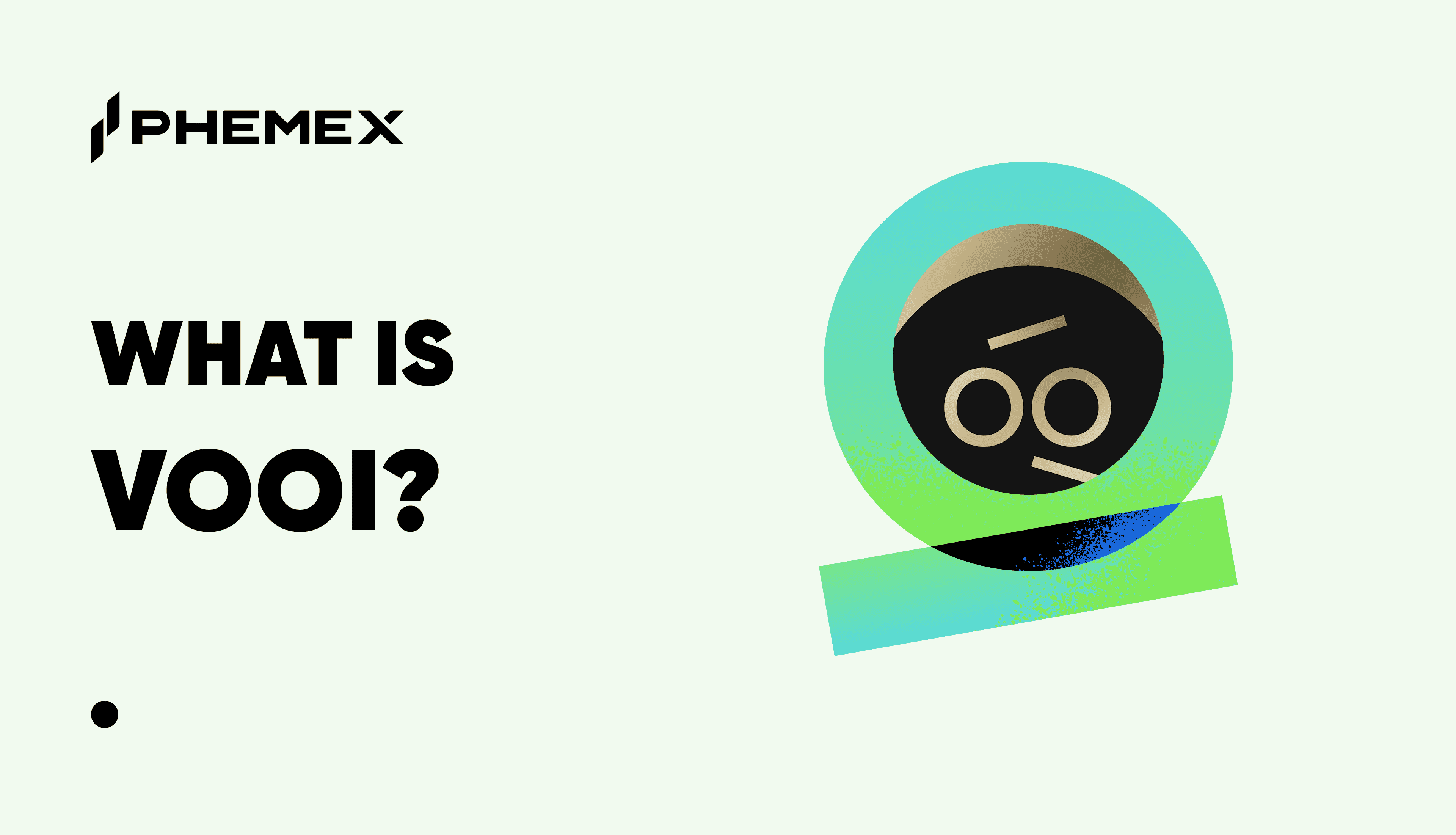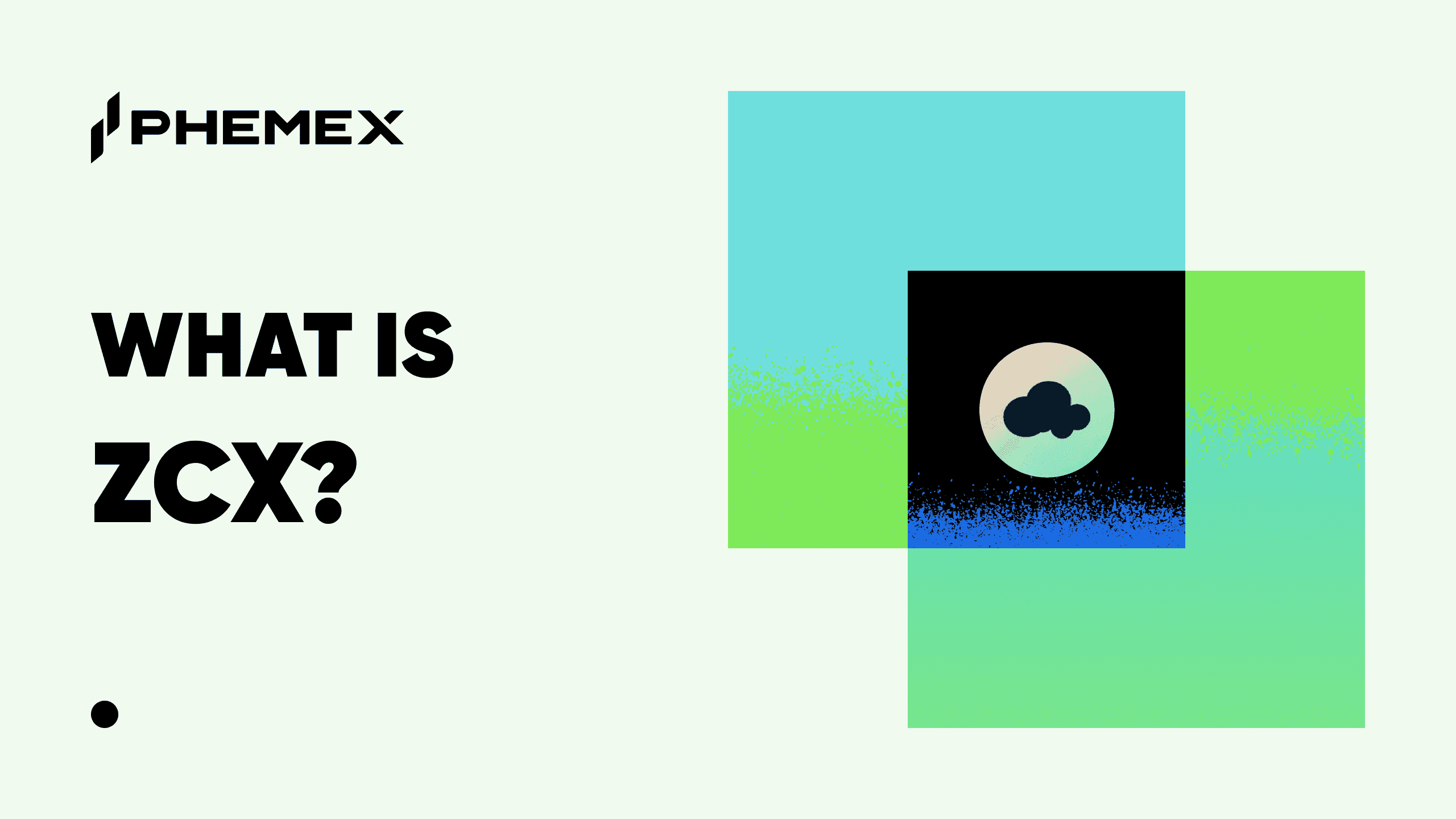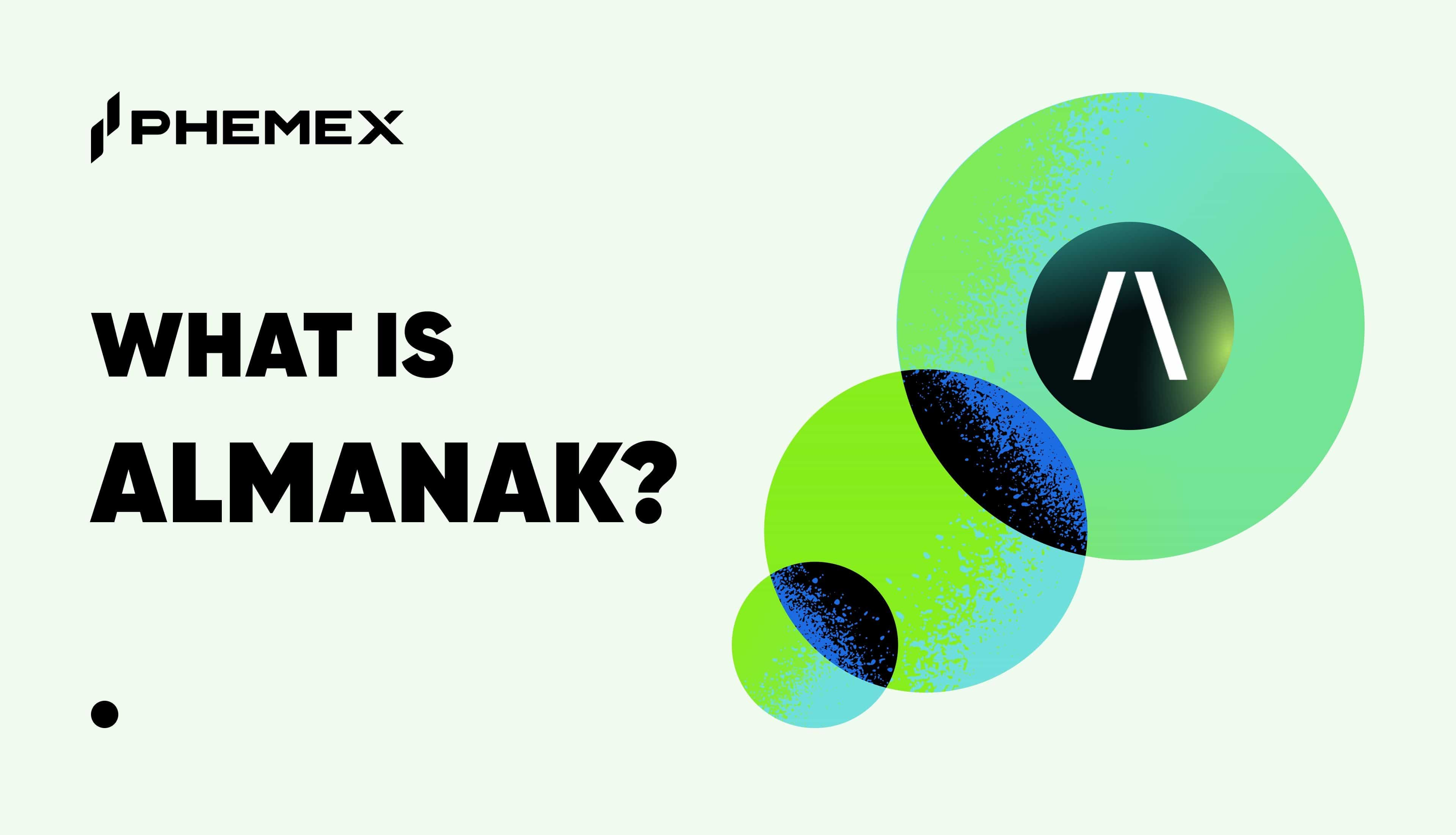Summary
- As you cannot use tokens based on one blockchain on applications built on different blockchains, we need wrapped tokens.
- Wrapped tokens are one of the bridges that make interoperability possible between blockchain.

One of the most severely affected sectors by the COVID19 pandemic was finance. It placed the shortcomings of the traditional financial system and the potential of cryptocurrencies and DeFi on public display. Big tech and institutional and retail investors rushed to invest in cryptocurrencies and decentralized finance.
The total value locked (TVL) in DeFi grew from just $675 million on January 1, 2020, to over $15 billion by December 31, 2020. Besides, the market capitalization of Bitcoin grew from around $110 billion to over $1.1. trillion as of writing.
Amid this growth, there remained a disparity, a gap that needed to be bridged. DeFi was growing at the fastest rate on the Etheruem blockchain. Bitcoin was growing rapidly too. Yet, these two blockchains lacked interoperability to offer a collective impact on the growth.
It doesn’t take one to be an expert to tell that the inability to use Bitcoin (BTC), the largest cryptocurrency, on Ethereum, the largest DeFi blockchain, limited the growth of the entire ecosystem.
If we consider the bigger picture, we face the same issues with all blockchains: individual blockchains are limited within their own ecosystem. The applications and cryptocurrencies on one blockchain cannot function on the other.
Wrapped tokens changed that for the better.
What are Wrapped Tokens?
As you cannot use tokens based on one blockchain on applications built on different blockchains, we need wrapped tokens. For example, Ethereum only supports ERC standard tokens. This is why you still cannot use Bitcoin or tokens from other blockchains on DeFi applications built on Ethereum and vice versa.
Instead, you need to swap those tokens with wrapped tokens that are compatible with Ethereum.
Wrapped Bitcoins (WBTC)
These wrapped tokens are digital tokens on a blockchain pegged one to one with a cryptocurrency of another blockchain. So, if we consider Bitcoin, you need to swap your Bitcoins for wrapped Bitcoins (WBTC), which are Etheruem-based digital tokens imitating the exact value of Bitcoin.
Stablecoins are one of the first categories of wrapped tokens. They are pegged in a 1:1 ratio to fiat currencies such as the dollar (stored in banks) so that they always represent a value equal to one dollar. However, when we speak of a wrapped token, both the wrapped token and the token it imitates are based on two different blockchains.
In our wrapped Bitcoin example, the WBTC is stored on Ethereum while BTC is stored on the Bitcoin network.
Importance of Wrapped Tokens
Like interoperability and ease of conducting business between two countries plays a critical role in the world economy, interoperability between blockchains plays a critical role in the growth of the DeFi ecosystem.
Without bridges to cover the gap, blockchains are isolated ecosystems. Many blockchains have great use cases individually, but they cannot add to each other’s growth without interoperability.
Wrapped tokens are one of the bridges that make interoperability possible between blockchains like Bitcoin, Ethereum, and Polkadot. In fact, the ability to use Bitcoin on Etheruem added over $5.5 billion to the total value locked in DeFi protocols on Ethereum.
Now suppose, a Bitcoin holder wants to take a loan from a DeFi protocol built on Ethereum. But he does not want to sell his tokens for Ether (ETH) to provide the collateral required to take the loan on the protocol. What does he do then?
He can go to a cryptocurrency exchange that supports WBTC and swap his Bitcoin holdings for wrapped BTC. Now each of his Bitcoins is converted into WBTC, which he can use on any Ethereum-based lending protocol to take a loan. After paying back the loan, he can again convert his WBTC for BTC.
At present, there are multiple new blockchain ecosystems such as Polkadot that are contributing significantly to the DeFi space. For DeFi to become truly mainstream, all of these separate DeFi ecosystems need to offer easy interoperability. And wrapped tokens are currently the best interoperability solution in sight.
It’s Not a Wrap
Recently, an exchange launched its own version of wrapped tokens to offer interoperability between Ethereum and Binance Smart Chain. Now, this not only offers more flexibility in DeFi but also provides a considerably cheaper alternative to transacting in Ethereum-based tokens.
Many other blockchains and cryptocurrencies have followed suit, including the privacy-focused ZCash. But wrapped tokens are only in the initial phase of their evolution. We will certainly see further development, especially in terms of building decentralized methods to attain wrapped tokens instead of today’s centralized ones.
Read More
- WBTC Crypto: What Is Wrapped Bitcoin?
- What is WETH (Wrapped Ether): Expanding Use Cases for ETH Token
- What Are Crypto Tokens? How Do They Work?
- Top Web 3.0 Wallets for DeFi and Non-Fungible Tokens
- What Are Decentralized Applications (dapps)?
- What Is DeFi: How To Be Your Own Bank With $100
- Tokenized Real World Assets - Massive Blockchain Use Case
- What is Cryptocurrency & How It Differs From Digital Cash








